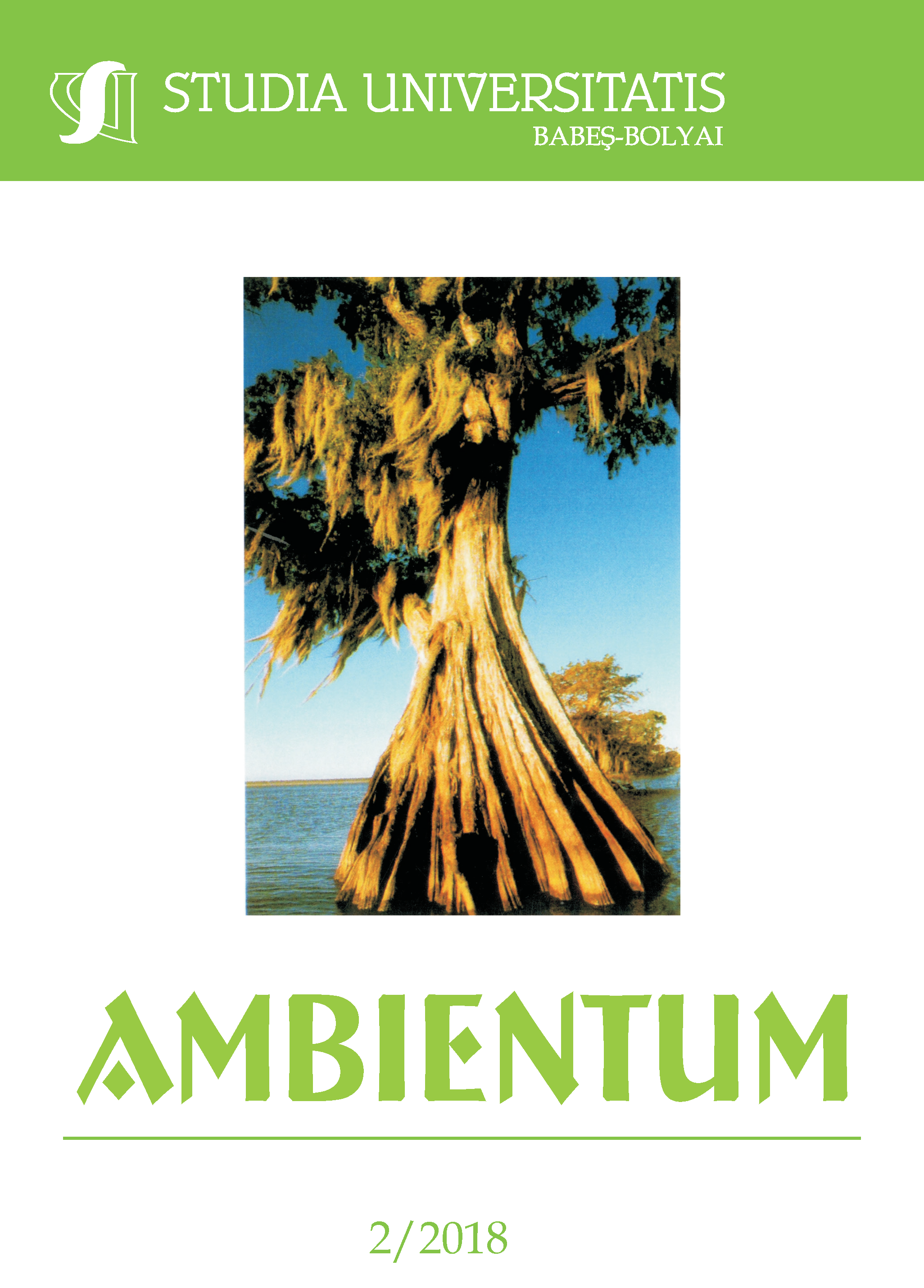COMPARISON BETWEEN TSUNAMI MODELING SCENARIOS FOR SHABLA AREA (BLACK SEA) USING TWO DIFFERENT SOFTWARE
DOI:
https://doi.org/10.24193/subbambientum.2018.2.07Keywords:
tsunami modeling, Shabla area, Black Sea, earthquakes.Abstract
There are evidences of 22 past tsunamis generated in the Black Sea area. Shabla area is the most dangerous for the Romanian shoreline and triggered past high magnitude earthquakes and tsunamis. According to National Oceanic and Atmospheric Administration (NOAA) data base, 3 important events occurred in Shabla: the most recent, on 31st of March 1901, an earthquake of magnitude 7.2 triggered waves of 5 m, other sources estimating 2.5 - 3 m; the oldest documented event, in the1stCentury BC, in Bisone area, and the third one, year 543 AC, when a 7.5 magnitude earthquake generated tsunami waves of 2 - 4 m.
Tsunami modeling was accomplished for Shabla area using two software, Tsunami Analysis Tool (TAT) and TRIDEC Cloud, and past earthquake parameters (location, depth, focal mechanism). A comparison between the results of the two software was accomplished, for the same input parameters: magnitudes of 7, 7.2, 7.5 and 8, depths of 5, 10 and 30 km and 5 fault plane solutions. The worst case scenario with TRIDEC software displays waves of maximum 2.62 m in Varna, for a magnitude 8 and a depth of 5 km, with 0.32 m in Constanta; the worst case using TAT software shows maximum waves of 4.3 m in Kamen Bryag, with 4Romanian locations affected (2 m waves in Costinesti). Moderate waves are given by scenarios using magnitude 7.5, with 0.6 - 0.8 m heights. For lower magnitudes (7 - 7.2), the modeling estimates very low waves, 0.2 - 0.4 m.
References
Altinok Y., 1999, Tsunamis along the coasts of the Black Sea, Second Balkan Geophysical Congress and Exhibition. Proceedings of the Conference, Istanbul, pp. 46 - 47.
Annunziato A., 2007, The Tsunami Assessment Modelling System by the Joint Research Centre. Science of Tsunami Hazards, 26 (2), pp. 70 - 92.
Hammitzsch M., Spazier J., Reißland S., 2016, Advances in the TRIDEC.
Cloud, Geophysical Research Abstracts, General Assembly European Geosciences Union, Vienna, EGU2016-12426, 18.
Nikonov A. A., 1997, Tsunamis occurrence on the coasts of the Black Sea and the Sea of Azov, Izvestiya. Physics of the Solid Earth, 33, pp. 77–87.
Papadopoulos G.A., Diakogianni G., Fokaefs A., Ranguelov B., 2011, Tsunami hazard in the Black Sea and the Azov Sea: a new tsunami catalogue. Nat. Hazards Earth Syst. Sci., 11, pp. 945–963.
Ranguelov B., Gospodinov D., 1995, Tsunami Vulnerability Modelling for the Bulgarian Black Sea Coast. War. Sci. Tech., 32 (7), pp. 47-53.
Ranguelov B., 1998, Tsunami investigations in the Black Sea - new data from discovered tsunami deposits. Abst. Intl. Symp HAZARDS’98, Chania, Crete, May 17 - 22, 125 p.
Solakov D. E., Simeonova S., Ardeleanu L., Alexandrova I., Trifonova P., Cioflan C.O., 2014, Compte rendus de l’Academie bulgare des Sciences: sciences mathenatique et naturelles, Tome, Geophysique, Sismologie, 67 (6), pp. 835-842.
Downloads
Published
How to Cite
Issue
Section
License
Copyright (c) 2018 Studia Universitatis Babeș-Bolyai Ambientum

This work is licensed under a Creative Commons Attribution-NonCommercial-NoDerivatives 4.0 International License.





 ISSN (online): 2065-9490 | ISSN (print): 1843-3855 | ISSN-L: 2065-9490
ISSN (online): 2065-9490 | ISSN (print): 1843-3855 | ISSN-L: 2065-9490